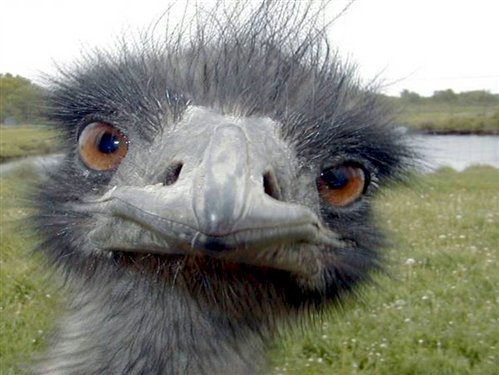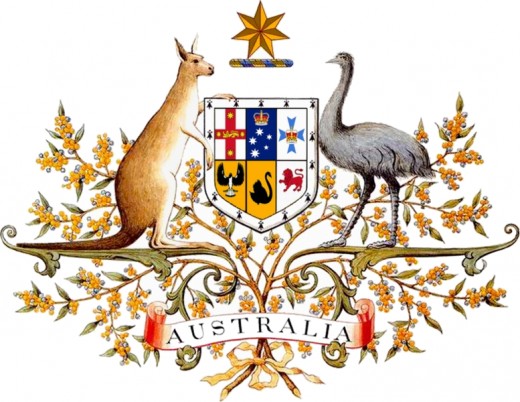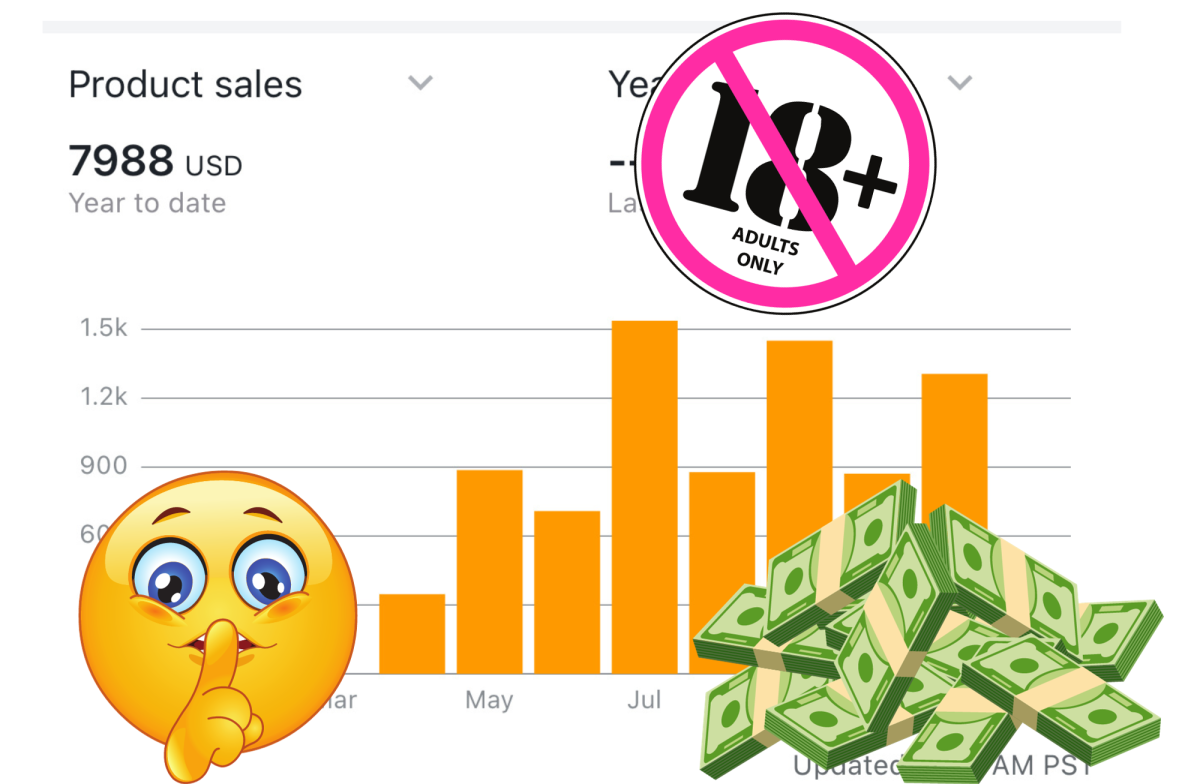Emu Farming: Some Facts and Figures about the Emu Industry
Emu farming is a relatively new industry in Australia, having begun in WA in the 1980's but there are now many farms in various parts of the country. Wild emus are a protected species and those that are used for meat are bred in captivity, under a special license, which must be obtained from the relevent State government department. Emu farming is also quite popular in North America and there are over a million birds farmed there.
As well as their meat, emus are bred for leather and oil. In addition, emu eggs are very good for carving and decorating as they have thick shells and emu feathers too, are very marketable. The meat has less than 0.05% cholesterol and tastes similar to beef, although for inspection purposes it is labelled as poultry. Emu skin makes for excellent leather and the oil is used for cosmetics and medicinal purposes and is known to contain several anti-oxidants, including cartenoids and flavoids. Emu byproducts have long been used by Australian aboriginals to treat various ailments. Laboratory testing on rats have shown that it has a positive effect in treating arthritis and joint pain, even more so than olive or fish oils. However, US food and Drug Administration classifies pure Emu oil product as an unapproved drug.

Emu Stats
The emu is Australia's largest native bird and worldwide, second only to the ostrich in size. The birds are fast runners and can travel vast distances in a relatively short amount of time, can sprint at 50 km/h (31 mph) and are capable of strides of up to 275 centimetres (9.02 ft.).
They are adapted to grazing and will eat a variety of plants and insects and are prepared to travel long distances to forage for food. Due to their nomadic nature, when kept in an enclosure or pen they will enjoy running the perimeter. Interestingly an emu can survive for weeks without food but when they do eat they may also swallow rough, sharp objects, such as stones, glass and metal because it helps to break down food in their digestive system. Emus are not frequent drinkers (only once a day or every other day) but when they do drink, it's in large quantities. Vocally, they utter deep, gutteral grunts which they put to good use during courtship periods.
Equipped with large, powerful legs, they have a sharp nail on their three toes which enables them to fight off predators. (Any potential emu farmer should be aware that their legs are strong enough to rip metal wire fences.) An emu's feathers provide them with a kind of cooling system, so they are able to withstand a range of temperatures. All in all, they are very hardy birds and can be farmed in many different climatic and environmental conditions.
Emus are well suited for degraded, overgrazed properties and unlike cattle and sheep, as they are soft-footed they do not cause soil compaction or destroy grass roots - over time, emu dung aids in native vegetation recovery.

Personality Profile of the Emu
Emus have many charms, but they can reach up to six foot six in height, which can be a little intimidating. In addition, their curious nature means that if you get within cooee of one, they likely to move up close and have a really good look at you. They are shy but if familiar with humans, on occasion can also be quite cheeky and short on manners; if you happen to be eating a sandwich at the time they may just grab it.
Along with the kangaroo, the emu makes up the Australian coat of arms. These native birds have been wandering the plains of Australia for about 80 million years, so they a very old species and in general, quite harmless; although you wouldn't want to get in the way of those powerful legs.They are also solitary creatures and don't go in for mutal grooming and constant companionship.
Breeding
In the wild, emus pair off during the warmer summer months and usually stay paired for about five months or so, however, they don't breed until the weather becomes cooler in May and June (Australian winter). During the courting period, (and it's the girls who take the initiative), the females become more aggressive than the males and it's not uncommon for them to fight over a mate. New chicks leave the nest after only a few days.
Emus breed with few problems in captivity and chicks are collected and hatched in an incubator. A breeding pair will normally produce up to 40 eggs, The chicks are reared in sheltered pens under lights, and must be shedded nightly until 3 months old.
The Logistics
Emu farms, like any other agricultural industry, require planning and forethought. For starters, you'll need land and if you intend to breed intensively, you'll also need incubators, hatching facilities, a brooder house and rearing pens.
The birds have a dietary requirement similar to poultry -farm grown lucerne and other pasture, and needs vary according to the various stages of development. Although they have no breed-specific diseases, they may be prone to some of the diseases which afflict poultry and an emu chick has a mortality rate of 7 to 12%. The Queensland Government offers the following advice for potential emu farmers, which is useful across the board:
- contact your local council about town planning requirements and restrictions on land use
- contact the Dept of Envrironment and resources about licensing requirements
- learn about emu production and management
- prepare a budget and business plan for your emu farm operation - consider factors that could affect production and management
- consider visiting at least two licensed emu farms for information about farming practices.
Average Production Figures
Breeding
| ||
|---|---|---|
sexual maturity
| 2 years
| |
number of eggs per year(1st year breeders)
| 8 to 12
| |
male to female breeding ratio
| 1.1 or 1.2
|
Weights
| ||
|---|---|---|
hatch
| 420 grams
| |
3 months
| 8 kilograms
| |
6 months
| 19 kilograms
| |
1 year
| 30 kilograms
| slaughter age
|
2 years
| 50 kilograms
| breeding age
|
All figures from Deptartment of Primary Industry and Fisheries.(Queens.)
- Emus - starting an emu farm | Primary industries & fisheries | Queensland Government
Introduction to requirements for emu farming



